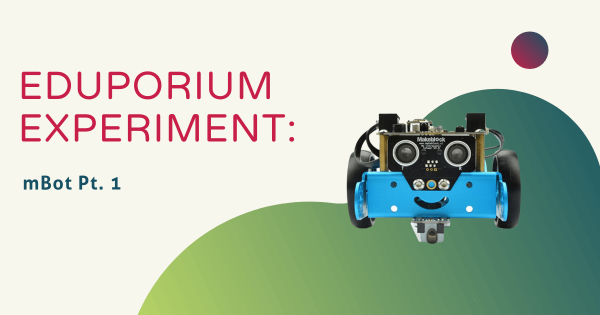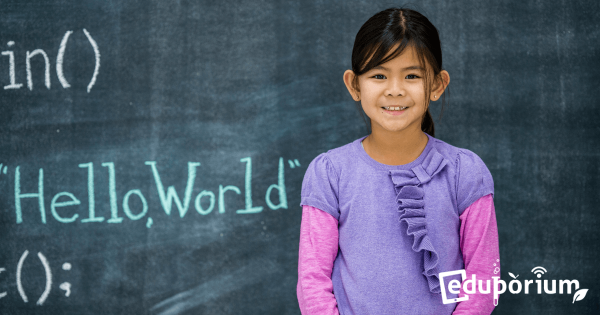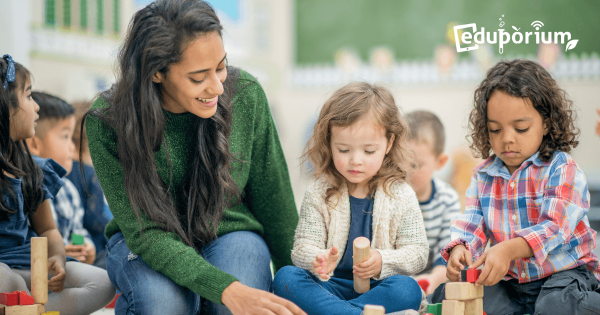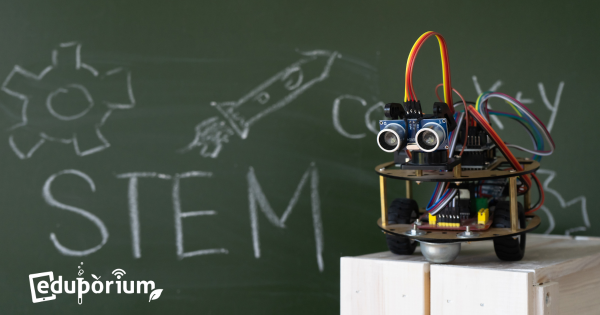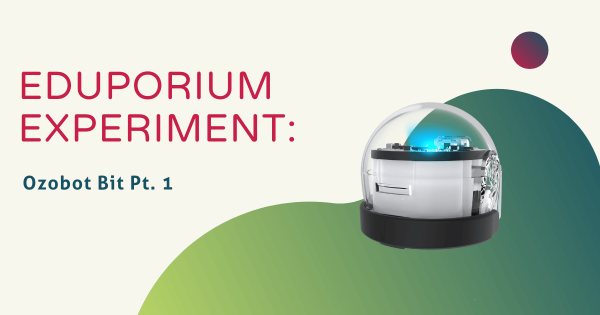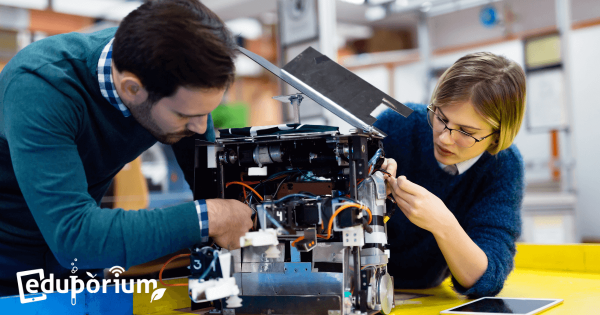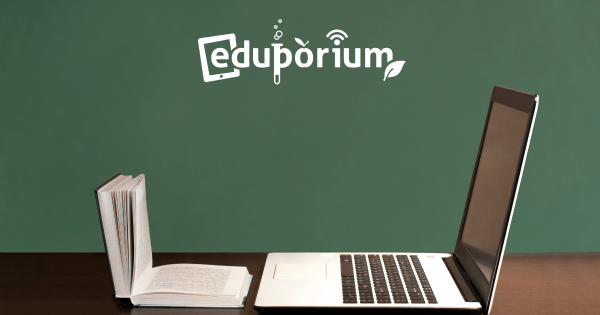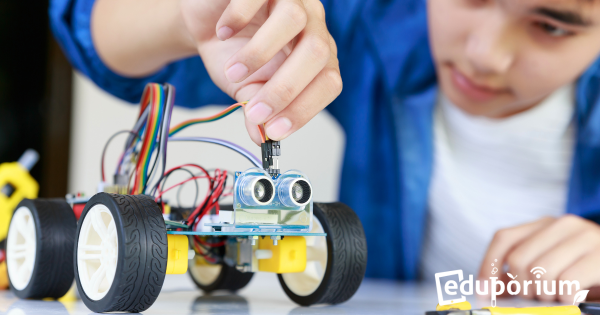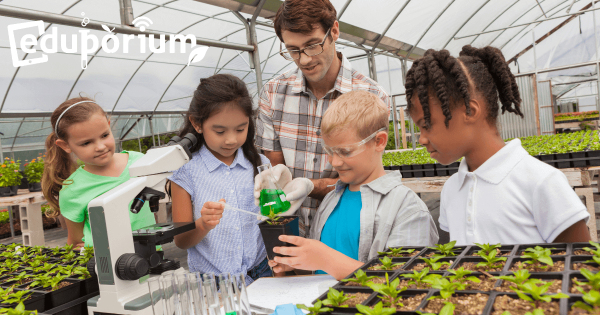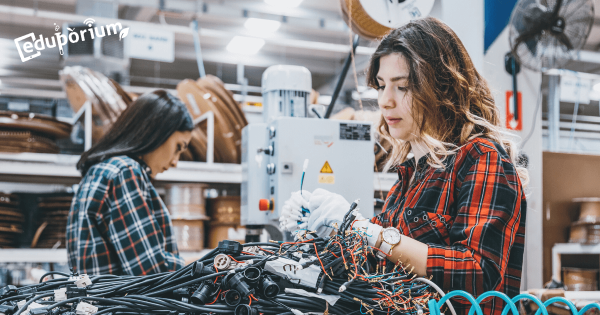Want to build something and experience the fun of seeing it in action immediately? Then you want the mBot in your life! Ideal for early STEM education, mBot is a great toy that helps kids master the tricks of creative assembly and its built-in Arduino board helps them explore basic circuitry as well. It’s super easy for students to build
Robotics
Some of the most popular paths and effective approaches to preparing students for their future involve using robotics tools. A significant subsection of STEM education, coding robots and other types of programmable devices enable a large percentage of the STEAM learning that occurs in our schools. Using educational robotics tools, students from Pre-K to college can develop key coding skills. This is largely because, among these various robot kits, many are compatible with various programming languages. So, beginning in Pre-K, a child might use the Cubetto Robot in screen-free coding activities. Then, they might move on to the Bee-Bot or Blue-Bot for CS experiences that are slightly more complex. And, by the time they're in kindergarten or first grade, they have a legitimate foundation and they're ready to continue developing fluencies in coding, problem solving, and even computational thinking.
One reason robotics in education is so effective is due to various advances in robotics equipment for schools. Beyond introducing the absolute basics of coding early on (and without a screen), students can then progress to one of the most basic forms of coding, which you might know as Blockly. So many robotics tools incorporate the Blockly coding language along with their corresponding programming environment. In fact, the Ozobot Evo, Root Robot, Edison Robot, and Dash Robot are among the most popular elementary robotics tools. These help children build on coding and technology knowledge as they prepare for the next step—text programming. In text coding, they can use tools like the databot 2.0, NAO Robot, and most of the others we've mentioned. And, through these experiences, they can develop STEM skills in a tangible way while using robotics tools to do so.
-
Eduporium Weekly | Celebrating Code Day
We think that everyday should be code day—at least in today’s K-12 schools. It is, however, Code Day in our hometown of Boston—actually Code Weekend if you want to get official as educators and makers around the area are celebrating the power of coding this Saturday and Sunday. And, we’re celebrating with them thanks to our Code Day Sale! -
Eduporium Weekly | Happy Mother's Day
Without moms, there wouldn’t be any future-ready kids poised to take on the world thanks to an all-encompassing STEM education. Just like how mothers help them in life, EdTech helps kids grow in school and shapes them to be the learners that mom knows they can. And, believe it or not, there are some connections between robots and the things -
Eduporium Weekly | National Robotics Week Pt. 2
We’re sad that this year’s National Robotics Week celebration is nearing its end but that does not mean that learning with robotics needs to! If you ask us, robotics in every classroom should be a year-round thing—after school and even during the summer—not just one week in April! We’ll try to share some ideas for achieving this and starting up -
Eduporium Experiment | Ozobot Bit Pt. 1
As you might have guessed, I was surprised when I learned that its Ozoblockly software could actually command this tiny bot to execute a bunch of different actions on the spot—all the way from swerving to spinning and responding to color-coded cues! Learn how the original Ozobot model set the tone for coding instruction. -
Eduporium Weekly | Kicking off National Robotics Week
Hey, did you hear that this coming week is National Robotics Week!? That’s right—from April 4-12, we’re celebrating the best of robotics in STEM education, from the learning opportunities they provide to the services they help complete! Find out how to make robotics a regular part of your curriculum! -
Eduporium Weekly | Something to Tech About
Technology is not something tangible you can pick up and put down as you please. It’s not a defined, solid object. And, as the world transitions into a tech-first approach to solving many of its most pressing problems, technology is no longer an option. It’s a tool that can be used to solve these daily problems and students need additional -
Coding And Robotics—Evolving From Feared To Required
Coding is a central skill that’s becoming more and more necessary in order for workers to thrive in this increasingly technological era. It’s on its way to (if it has not already) becoming a worldwide language—and an undeniable component of global culture. So, recently, enthusiasm for teaching coding skills in the classroom has grown—a lot—and kids are benefitting. -
Eduporium Weekly | Get Hands On
Whether it’s blended learning, project-based learning or hands-on tinkering in a STEM-centered Fab Lab, modern educational tools have made it easier than ever for kids to become future ready. The goal of learning with technology is as simple as many top classroom products: prepare kids for a tech-filled work while honing key hard and soft skills. -
Eduporium Weekly | Create Your Own Creativity
Technology in the classroom allows creativity to flow, but can we actually teach kids to instinctively be creative? Is there a final exam teachers can give to determine their creative levels? In order to be as creative as possible, everyone, including students, needs to be open to new experiences and methods of carrying out old ones.




